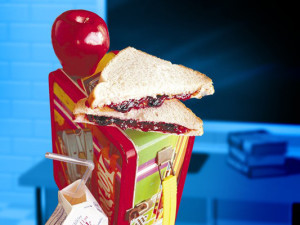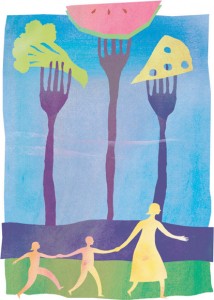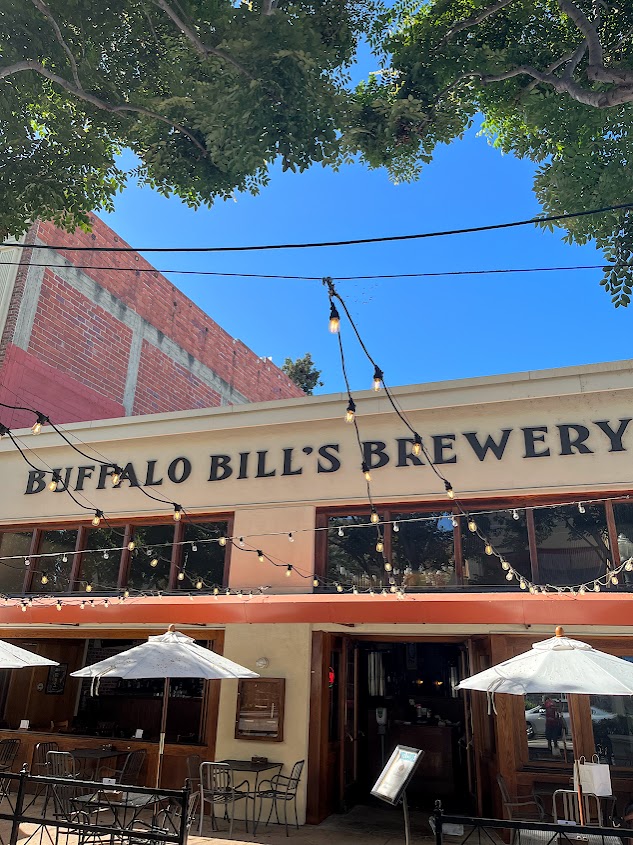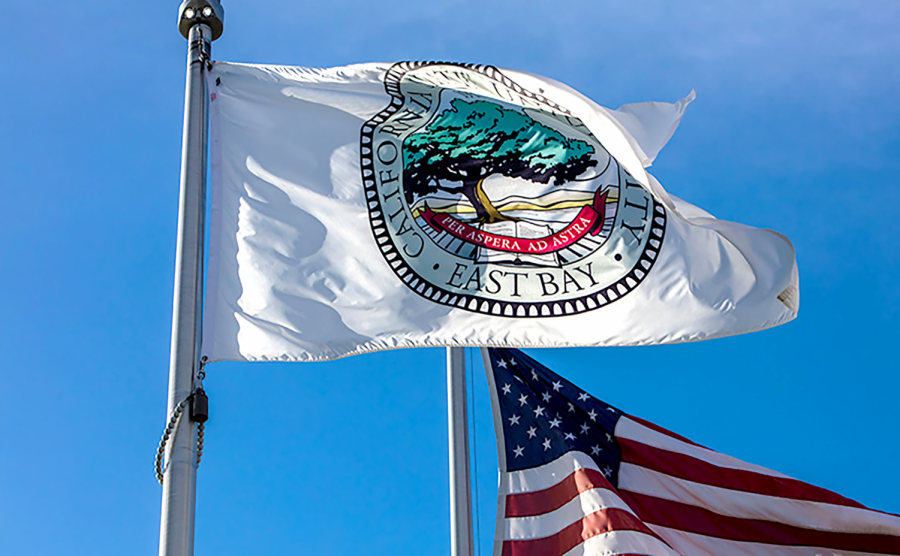
The Hayward Unified School District is doing its part in controlling the childhood obesity epidemic by giving students from elementary to high school food that they can feel good about eating.
These schools follow guidelines under the National School Lunch Program, which offer low cost, nutritionally balanced lunches to public and private schools. Under the NSLP, children in kindergarten through sixth grade should receive an average of 664 calories for lunch, and seventh through 12th graders should have an average of 825 calories.
According to the Children’s Nutrition Research Center, an active, healthy child in middle school should eat between 1,700-2,200 calories a day. These are merely starting off points, however. The number of calories each child should consume varies, depending on the child’s height, weight and natural metabolic rate.
Hayward schools, upon recent years, have also banned fried foods and sodas, automatically knocking off a good amount of fat, sugar and excess calories from everyday eating. The NSLP also requires that no more than 30 percent of calories consumed come from fat, and no more than ten percent come from saturated fat.
All of the menus from every school in the Hayward Unified School District can be easily found online. All of the entree choices are listed, along with calorie amounts and included side dishes. Many fruits and vegetables are served fresh, not canned or boxed. The impact of these foods has been bigger than one would initially expect.
“We have made huge changes, and I am pleased we are serving kids healthy food,” said Serving Kitchen Operator Connie Nickel at Burbank Elementary school. “We have a salad bar with fresh fruit and vegetables, and the kids love it.”
Each day, the children get options for lunch. Some things they are familiar with, others they are not. Nickel said that this is a positive step for building good eating habits.

“This program exposes them to things they may have never tried,” said Nickel. “This week we have radishes, and I thought, ‘who is going to care about radishes?’ But I’m amazed how much they love them.”
Although the majority of the foods given at the different schools are within the same calorie bracket, it is not uncommon for schools with children who come from small-income families to have higher calorie lunches (without exceeding the limit) than the schools that have a majority of average-income families.
No criticism should be offered here, because for some children, this may be the most substantial meal they eat in their entire day. That is why summer programs have become a part of the NSLP, getting children the nutrition and food they need when school isn’t in session.
The NSLP gives all students a lunch entree, regardless of their ability to pay. They have also implemented a system with ID cards with different codes, so that no one is aware of who can and can’t afford the lunches.
Today’s economy can be a difficult place to grow up in, but the Hayward School District’s decision to participate in this program fills these kids’ stomachs with food, their minds with knowledge and their hearts with ease.












